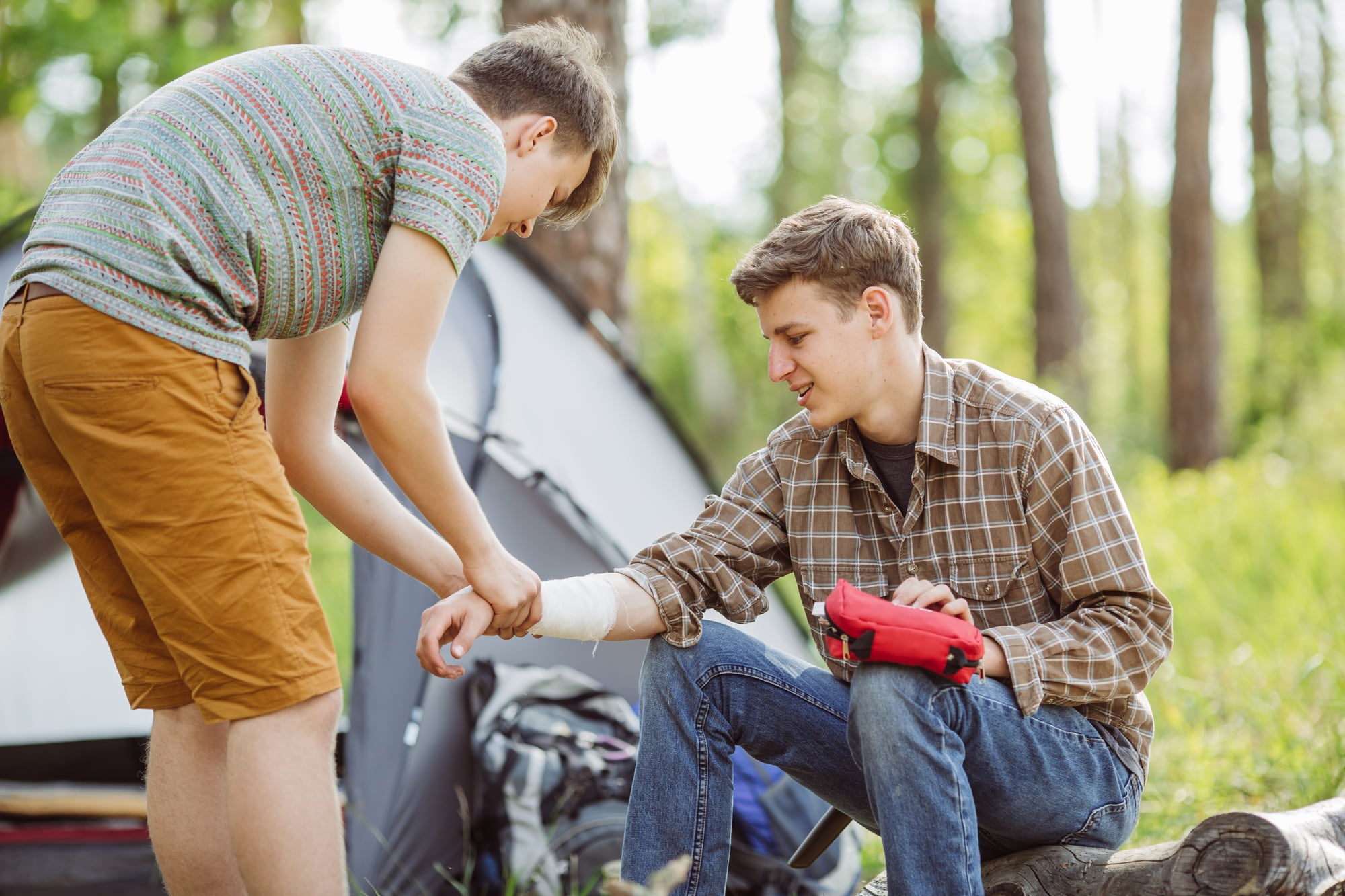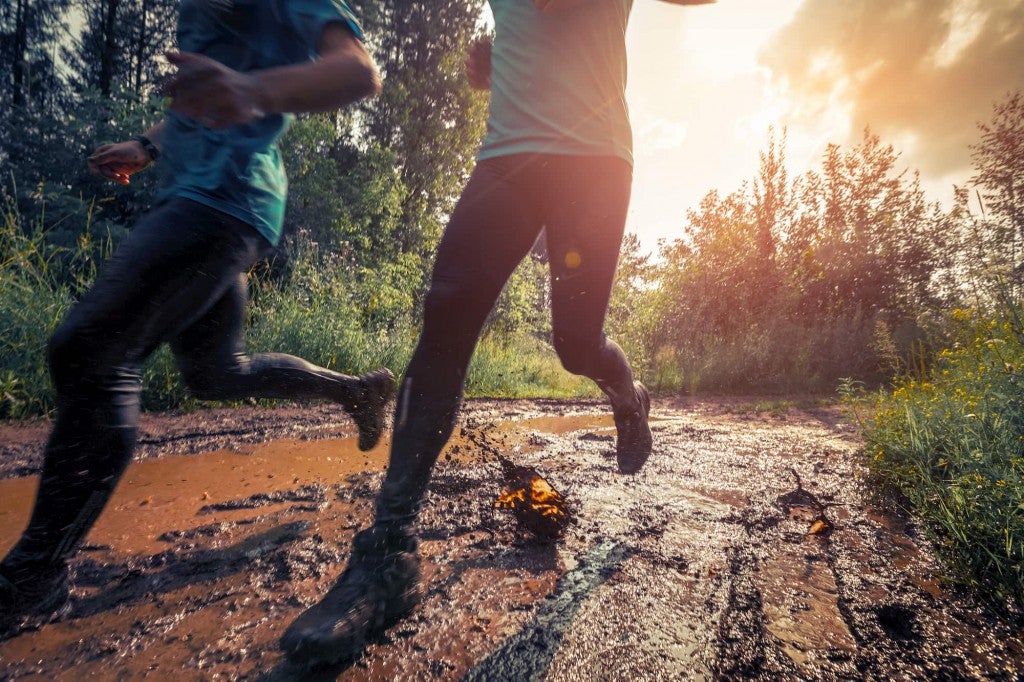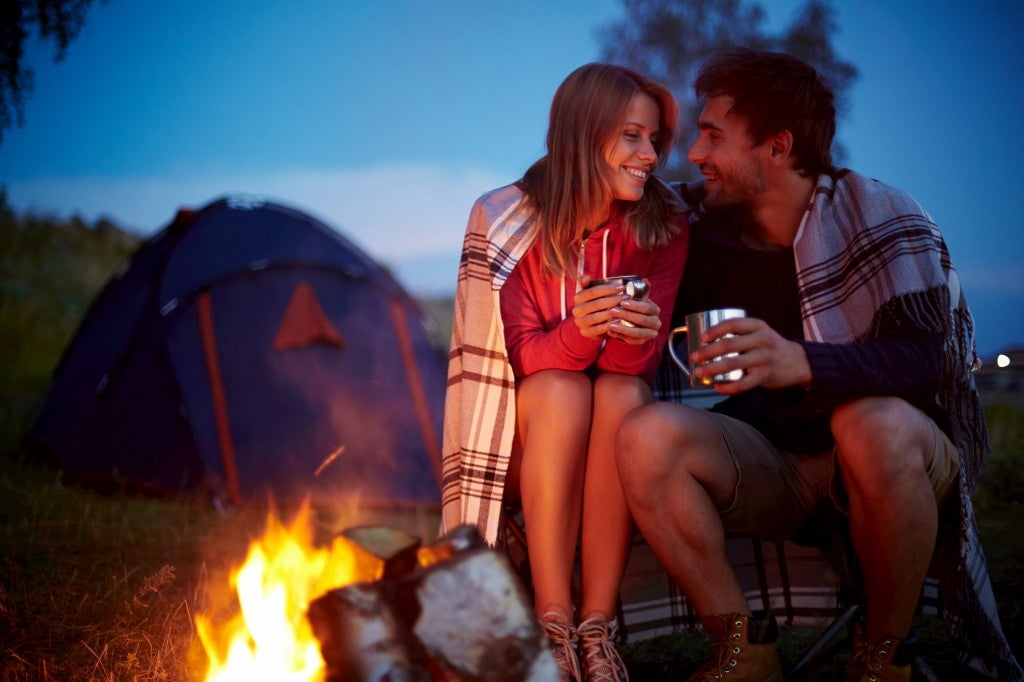It’s dangerously easy to put off your first wilderness first aid class. Maybe you can’t stand the thought of blood, broken bones, or punctured organs. Perhaps you haven’t had the time or resources to take a class. Or maybe you have an “It won’t happen to me” mentality. You’re not alone: my own squeamishness is why I put off learning about wilderness first aid.
Bringing people camping is one of my great joys in life. Recently, I found myself leading more camping trips for less experienced friends. Suddenly, I was the one in charge. But I still didn’t know much about wilderness first aid. All that changed when people close to me were involved in a series of accidents: one person fell down a waterfall in Shenandoah National Park and had to be helicoptered out, another tumbled down the mountainside on Vermont’s Long Trail and had to be rescued after hours of waiting, and another was viciously attacked by wasps on a trail in West Virginia’s George Washington National Forest.
Discover Life-Saving Skills with a Wilderness First Aid Class
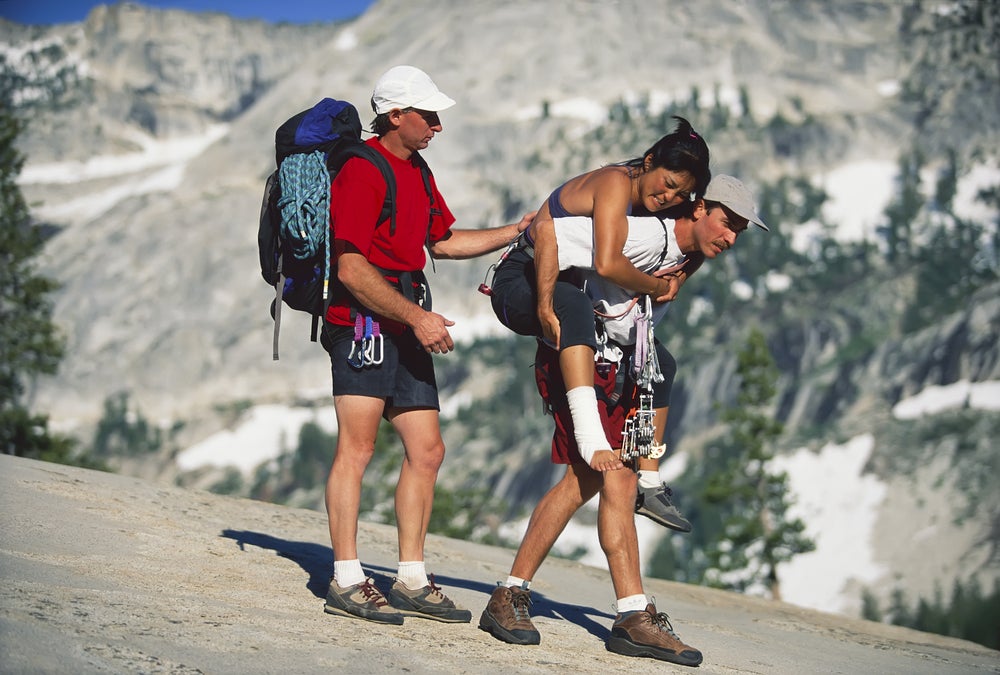
So, if you’ve been making excuses to skip wilderness first aid training, I encourage you to reconsider. Just two days of training have made a big difference in my camping life. I haven’t had to save anyone’s life yet, and fingers crossed that never happens, but I feel more confident in the backcountry than ever.
You’ll Know How To Save Lives
The primary purpose of knowing first aid is, of course, to make you more competent at helping injured people. Say, you’re outside with someone who burned themself on a campfire, or who cut open their leg falling down on a hike, or who is dehydrated, These people need help, and you could be the one to help them! Heck, when camping, you could be the only person available.
You Can Camp Confidently, Even Alone

There are all sorts of horror stories about life-threatening injuries sustained by campers. In reality, it’s unlikely you’ll have to deal with a 127-Hours-style situation. But the confidence gained through wilderness first aid training makes it a lot safer and less scary to venture out on your own.
Self-sufficiency offers the freedom to do more and go further. Those who are confident in their abilities to handle the unexpected might find that a solo camping experience is the most relaxing kind there is.
It is likely, however, that knowing what to do in extreme cases will make you more competent and enthusiastic about less extreme adventures. The confidence gained through wilderness first aid training makes it a lot less scary to venture into the wilderness alone. Knowledge makes the outdoors a more welcoming space for others.
After that perilous series of accidents, camping scared my friends. I wanted to assuage their fears by taking a wilderness first aid course. With the popularity of hiking and camping on the rise, there are more unprepared people out there. For me, the training is about having basic skills with which you can make the outdoors just a little more inclusive. My friends—even the most inexperienced in the outdoors—are more comfortable camping, knowing that I come prepared with the knowledge and skills to deal with the situations they fear most.
Getting Injured While Camping Is Not Like Getting Injured In The City
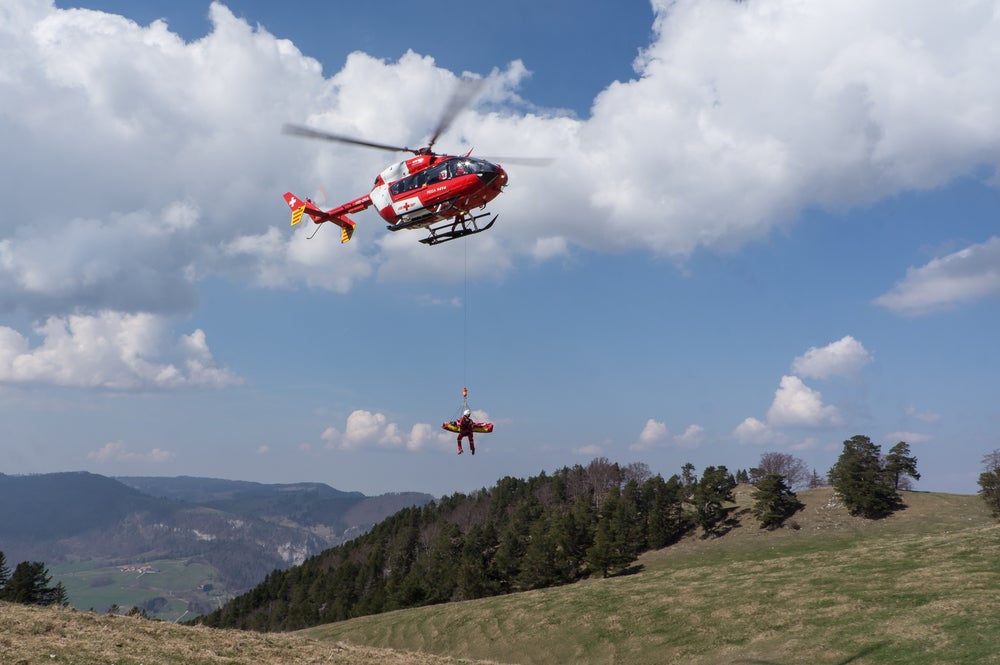
Now, let’s talk about the “wilderness” part of wilderness first aid. Camping injuries can’t always be addressed with what you learned in a high school CPR class. Whether you’re RV camping or backpacking through a remote national forest, you’re often far from professional medical help and carrying limited supplies. Your role is to respond and stabilize the person until you can get professional medical help, not just call 911. You’re going to have to get creative to figure out what to do with all the time you have.
Another plus? The principles learned in a wilderness first aid class can be applied in all kinds of outdoor situations. They’re useful when you’re in your backyard and when you’re on a remote mountain.
You’ll Learn a lot
I’m not here to provide a list of wilderness first aid tips. Go learn from the experts instead! Even wilderness aid instructors are constantly refining their best practices, which means it’s ideal to take a refresher course every couple of years. But I’ll tell you about a couple of my biggest takeaways from my two-day National Outdoor Leadership School (NOLS) wilderness first aid class.
How To Make A Patient Assessment
A big part of wilderness first aid is making judgment calls, and NOLS has developed a patient assessment system to help keep people calm in stressful situations. I learned how to approach someone while making sure I was protected, how to do a thorough head-to-toe examination, and how to ask the right questions to start reaching a diagnosis. Mnemonic devices were drilled into my head, like “ABCDE” for checking “Airway, Breathing, Circulation, Decision on disability, Exposure/Environment.” The patient assessment system is something concrete to hold onto when you’re not sure what to do. It’s the most important first step to help someone in need.
“Plans Are Useless, Planning Is Essential”
Dwight D. Eisenhower may have been the first to say this, but his quote applies to camping situations, too. Taking a wilderness first aid class is a good reminder to be prepared: check the weather, know the trail conditions, and know the best way out of the wilderness. Those bits of knowledge will come into play when you have to make a decision about how to get someone out of a dangerous situation. Being prepared will make you a more confident camper.
Get Started With Wilderness First Aid
Want to learn more? Check out some of the case studies NOLS developed. In class, we covered all sorts of situations, including wound management, spine and head injuries, heat or cold illnesses, altitude sickness, shock, and musculoskeletal injuries. While you’re at it, make sure to you are prepared to care for your pet in the backcountry as well.
Find and Sign Up For a Class Today
1. National Outdoor Leadership School
NOLS holds wilderness first aid classes for all levels. The introductory class, best for those who take day or multi-day trips relatively close to emergency services, is usually over two or two and a half days. Your local REI store probably hosts one. Check out the online schedule for a class near you.
2. American Red Cross
The Red Cross also has a 16-hour wilderness and remote first aid course. It’s based on the Boy Scouts of America Wilderness First Aid Curriculum and Doctrine Guidelines. Find a class here.
3. Wilderness Medical Associates International (WMA)
WMA has a variety of classes of different lengths and experience levels around the country. Read through their latest offerings.
The Dyrt is the only camping app with all of the public and private campgrounds, RV parks, and free camping locations in the United States. Download now for iOS and Android.Popular Articles:
Articles on The Dyrt Magazine may contain links to affiliate websites. The Dyrt receives an affiliate commission for any purchases made by using such links at no additional cost to you the consumer.

